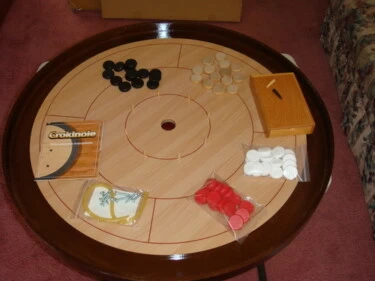
Designer: Public Domain
Publisher: Various, Mayday Games
Year: 1860s
Genre: Dexterity focused flicking game
Players: Two players (four players in a partnership game)
Ages: 6+
Playing time: 30 minutes
MSRP: $100+
I remember moments in elementary school and junior high when the teachers would come to the end of their lesson—or patience—and we would be free to follow our own interests. As long as we stayed in our seats. You could easily push the edge of this caveat by spinning around to see if your buddy behind you already had a sheet of paper out (not pulled raggedly from a spiral notebook, you hoped) and was folding it carefully into a triangular football. I can’t easily explain why the flicking that ensued was so enthralling, but the rest of the class simply vanished. Until one or the other of us flicked the extra point too hard and hit someone in the head. The teacher’s sudden yell would make you think you’d put out one of Laura Miller’s blue eyes. The football would vanish into the teacher’s desk, and we’d all have to turn our chairs around and keep both feet on the floor.
When you consider the appeal of flicking things (there’s also the grade school tradition of flicking ears, but that’s designed for cruelty, and I really don’t think Laura Miller was hurt by that paper triangle), it’s no wonder that quite a number of flicking games evolved out of folk traditions. A particular flicking game that has a lot of new buzz going for it—amazing, considering that the origins go back to the mid-nineteenth century—is crokinole. The buzz is around the new Mayday Games boards, but I’ll give a brief overview before I return to the new boards (one of which I own—w00t!—not to give away the tone of my review).
Crokinole is a simple game, as you’d expect because of its folk origins. The playing surface is a circle a little over two feet across. Three concentric circles mark the scoring areas—if you have disks left in those rings after a round. At the center of the board is a recessed circle just slightly larger than the disks. That’s the sweet spot. Sink a piece in the hole and you get twenty points. You get fifteen for keeping a piece in the center circle, though that task is made trickier by the eight posts along the line marking that circle. And if your disk straddles a line? Take the lower points. The middle ring is ten points. Outer ring is worth five. And then there’s a little neutral area between the line marking the outer ring and the ditch (for keeping flicked disks from zinging into the Cheetos, and storing zero-scoring disks). That little area? Worth nothing. So make sure your disks don’t drift to the edge.

On your turn, you flick. That outer ring is broken into quadrants, and you have to rest your disk on the line of the outer ring and within your quadrant. You can cheat a little bit over the line, but not too much. If the playing area’s clear, you go for the twenty…and you have to have your disk stay in the fifteen circle. Or it comes back out and goes into the ditch. If your opponent has a piece on the board, you have to make contact with it, though you can use combination shots to accomplish this goal. If you don’t make contact with one of your opponent’s pieces, then the piece you shot—and all of your own pieces that you touched—come off into the ditch. That can be a lot of pain. When all the disks have been played, tally the points. Subtract low from high, and give the difference to winner of the round; the opponent scores zero. First person to an agreed-upon total—usually 100—wins.
I’ve got to mention the one-cheek rule: you can’t move your chair during play, and you always have to have one cheek on the seat. Did I mention the folk origins?
The game is simple, delightful fun. Play is quick, and you can easily fall into either a deep silence or a constant stream of chatter back and forth. The boards are eye-catching, and if you have the space to have one set up in a corner for a game day, it’s a great way to keep late-comers occupied until the current longer game(s) come to an end. Of course, if you don’t like dexterity games, stay away.
Back to the buzz. A decent crokinole board has, until recently, required either a woodshop and well-developed skills or a serious outlay of cash to get someone with a woodshop and skills to make one for you. Of course, the boards that people like the Hilinskis andWillard assemble are heirloom quality. Mayday Games, though, has been working on a plan to bring decent, relatively inexpensive crokinole boards to North America. And they have succeeded. I was in the first wave of people to receive one of these boards, and I have been pleased with the product. Are there weird little things with the board? Yes. A couple of little pimples. The lines that mark the rings are painted on top of the finish of the playing surface. The pegs are a little…uneven. And the lacquer of the ditch has some seriously ugly sections. Mostly, these issues are cosmetic, and others can be dealt with by applying a bit of judicious force or a couple coatings of wax. Other purchasers have not been so lucky; there have been issues with shipping as well as the product. Mayday Games, though, have been absolutely stellar in their customer service, and I suspect that their quality control will improve as they take these complaints back to the manufacturer.
Here’s the kicker: the Mayday Games boards cost half or a quarter what the heirloom boards do. A fabulous price for a very fine product. And a lot more fun to flick around with than a paper football.
- Titan Comics for February 21st, 2018 - Feb 17, 2018
- The Gardeners and the Panda?: A Review of Takenoko - Jan 25, 2012
- You Made a Time Machine Out of a DeLorean? Back to the Future – The Card Game Reviewed - Jan 8, 2012
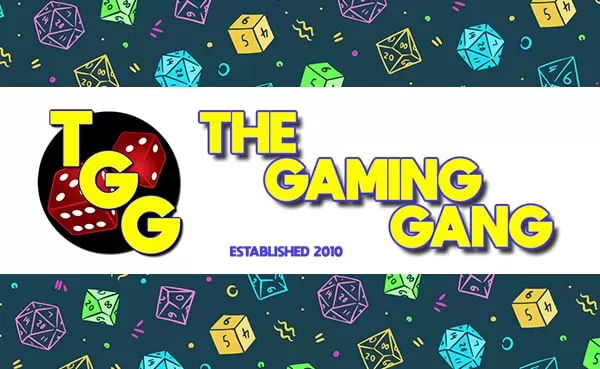


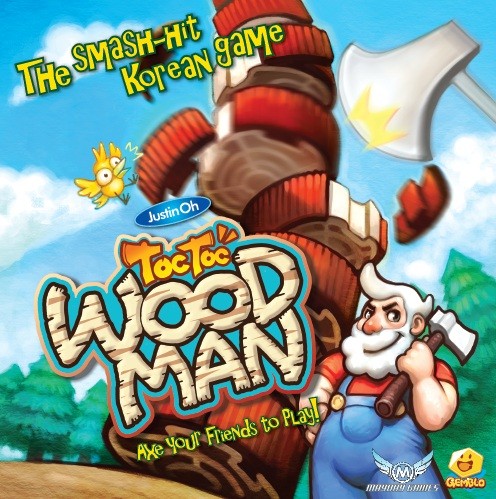

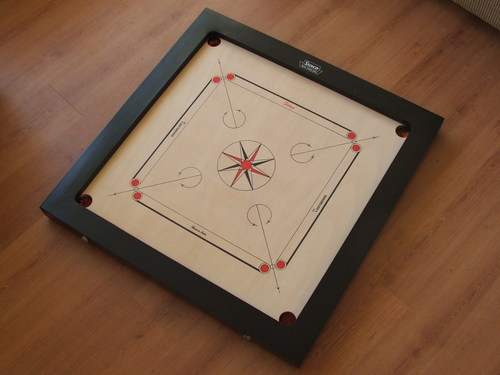


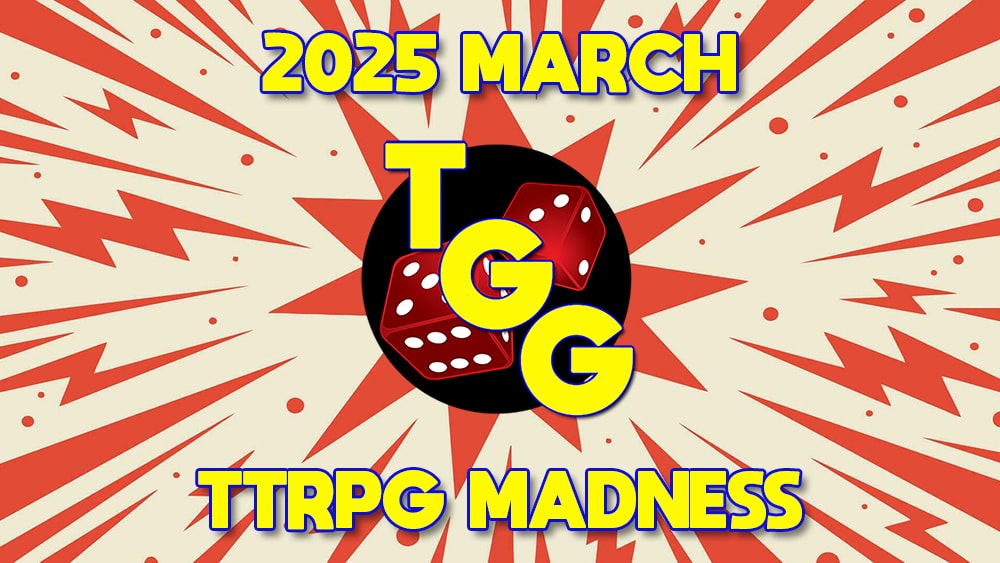

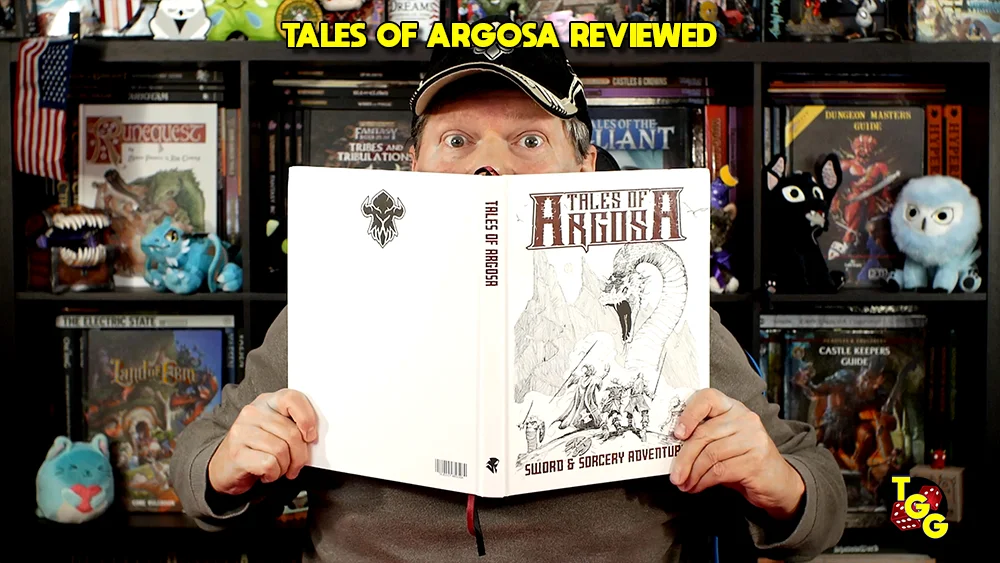


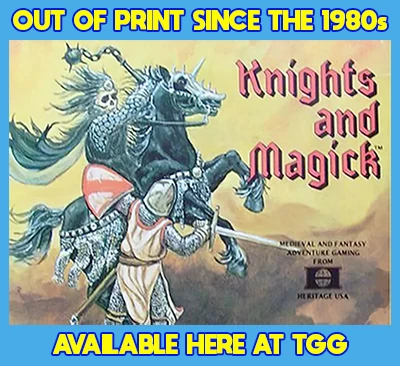



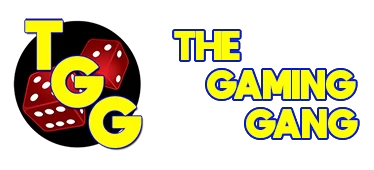
To say that the Mayday boards are half or a quarter of what heirloom boards cost and are decent quality is utter nonsense and borders on an outright lie. A Mayday board will have to be replaced every couple of years at best whereas any good board by several reputable maker will last a lifetime.
Let’s say you pay $130 for a Mayday board. You are either going to soon lose interest in crokinole altogether because of the poor quality or you are soon going to realize you need to buy a better board. It really only swings one or the other way; you aren’t going to find many people who play crokinole a lot and get year after year of enjoyment out of a Mayday board.
Ok, so you paid that $130 for the Mayday and after a year of use you decide to pull the trigger and get an actual decent board. So you pay $170 for a Muzzies board that will last a lifetime. Or you pay $200 for a Hilinski board that will last a lifetime. Or you pay $165 for a Willard board that will last a lifetime. Or you pay $180 for a Puzzler board that will last a lifetime. Or you pay $175 for a Mr. Crokinole board that will last a lifetime. Or you jump on eBay and pay $165 for a board by allinent that will last you a lifetime.
What does Mayday have? A bunch of nonsense marketing that lies to people about what great quality their boards are and how much money you save by buying a Mayday. The only good thing about a Mayday board is that because of all the marketing lies people purchase a crokinole board, and some of them don’t end up discouraged because of the money they wasted on the crap board, and they end up buying a REAL board later on. Mayday does through their marketing lies help get people started in the game and some of those people continue on past their brief Mayday mistake. Marketing lies that help bring people into the game, nothing more.
Take a look at what Seth Hiatt does each year: He advertises out the wazoo about his “new and improved crokinole boards” that supposedly fix all the nasty problems of the previous year. Then he mass manufactures a limited number of boards. He quickly sells out those boards, makes no more as that was his production run for that year. And as soon as all the boards are sold there is no possibility that anybody will get any support. Heck, in the past year he has even taken to kickstarter to get crowd funding for his crap boards so in reality his profit margin is even higher.
Let’s look around and some people putting up honest reviews of this Mayday crap.
First off, try doing a google for sphiatt fraud. That way you’ll get an idea of how Seth Hiatt and his wife made their money before starting their Mayday scam.
Ok, now let’s take a look at how somebody who actually plays crokinole and has experience with it compares Mayday to other boards. Make sure to read the end summary about the Mayday board if nothing else!
http://crokinole.dk/crokinole.dk/Horsens_Crokinole_Club_files/4%20boards%20review.pdf
Seth Hiatt at his best!
http://superflycircus.blogspot.com/2011/03/mayday-games-crokinole-review-rest-of.html
I can only say James called it as he saw it almost four years ago. I can’t state anything for myself what the boards are like since I don’t play Crokinole nor have I seen one of the MayDay boards up close but to infer one of my former reviewers in a borderline liar is pretty harsh.
I will mention I have heard some of the criticisms of Mr. Hiatt in the past and that’s why you may notice there hasn’t been a post regarding anything about MayDay in nearly three years. If memory serves the company even approached me to do some advertising at one time and I turned down their money. But I’m not going to debate James’ review since he was stating an opinion – which is what any review happens to be – and I can’t refute what he wrote since I’ve never seen a MayDay board.
I do appreciate you pointing folks in directions to get their hands on Crokinole boards you feel are up to snuff though.